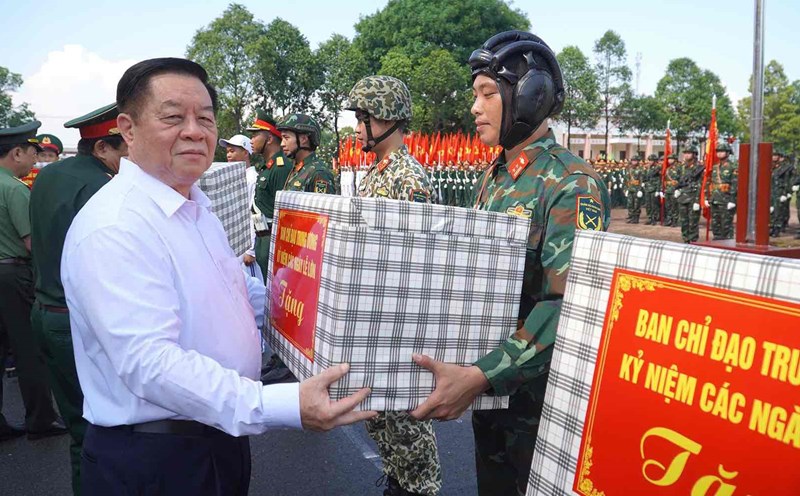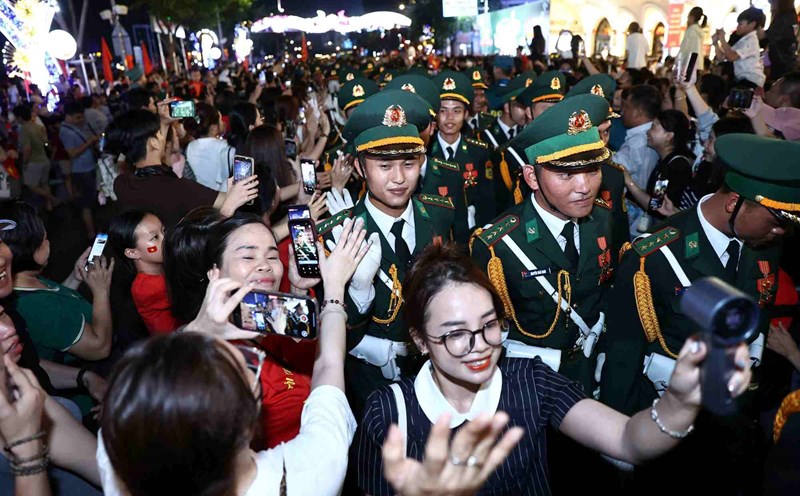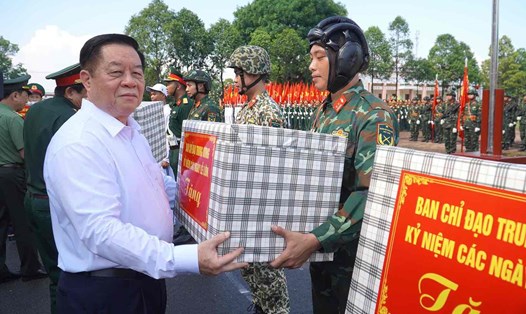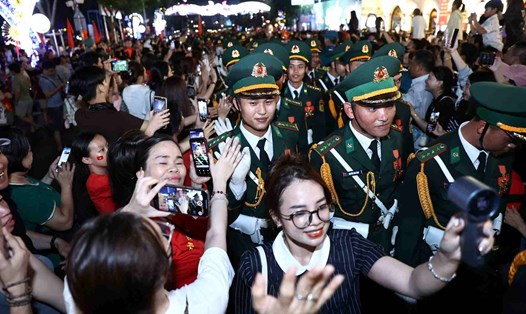The soldiers of the 87th Defense Brigade are quietly taking on the noble responsibility of controlling, detecting and handling all risks of chemicals, biology, and radiation to protect absolute safety for the April 30 parade.
The soldiers were on duty 24/7 to ensure chemical safety for the entire event. About 2 hours before each training session, the unit organizes area reconnaissance, then hands over the inspected locations to the security forces of the area to take over.
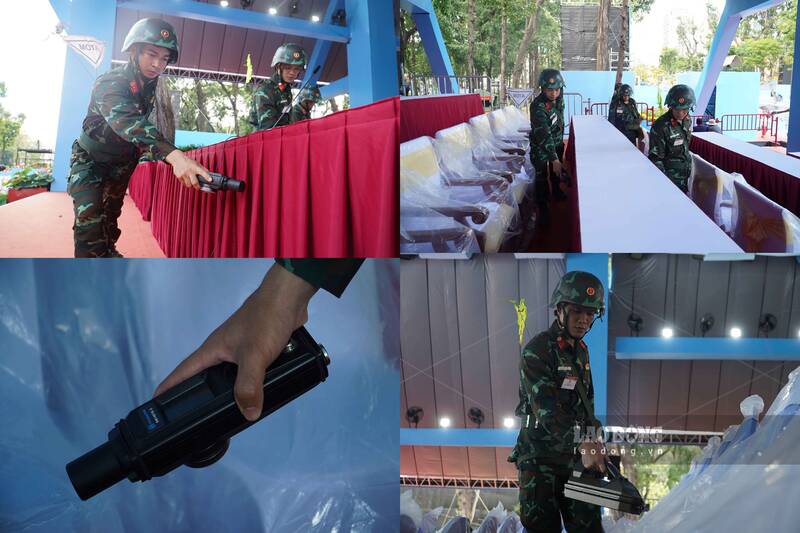
The reconnaissance location is concentrated in the A1 stand, the main road where the parade took place and the fireworks display area at Ben Bach Dang Park. Brigade 87 also deploys a specialized observation post to ensure safety for important missions.



According to Colonel Nguyen Gia Thu - Brigade Commander of the 87th Brigade, during the event, the organizer became many specialized departments, ready to respond to all situations. When an incident occurs, the forces will immediately deploy according to the function: The quick reaction force proceeds to handle and prevent the spread of dangerous agents; The distribution department quickly equipped MV-5 mask for delegates and guests in the stands.
At the same time, after ensuring the safety of the stands, the reconnaissance force will use modern reconnaissance vehicles to detect biological agents, mark the poisoned area. Next, the maneuvering force to the marked position to perform the bleach, ensuring the absolute safety environment.
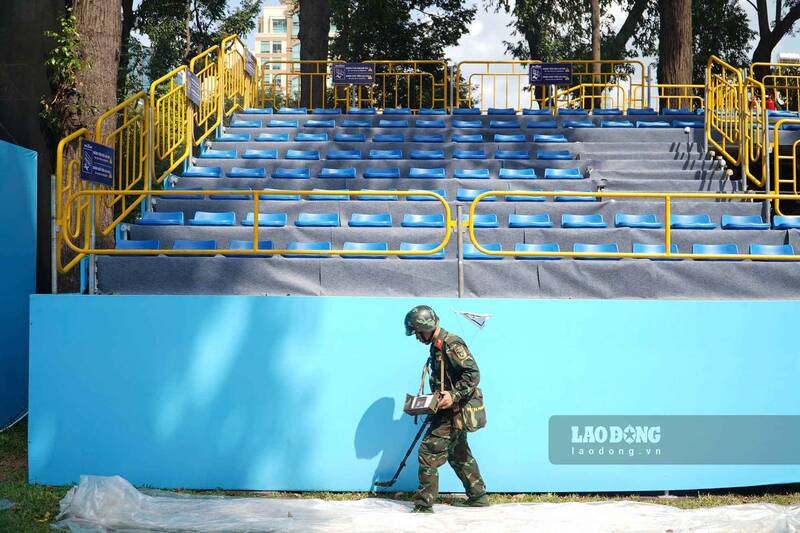


At the chemical force observation post, soldiers were tasked with early detection of unusual signs related to chemistry, biology, radiation and nuclear. They also closely monitor meteorological factors, such as the appearance of toxic clouds in the parade area.
To closely follow actual conditions, Brigade 87 has built a sports field simulating the area of parading and parade in Ho Chi Minh City, while deploying hypothetical situations with complex elements, requiring quick and accurate responses. Each training session is not only an opportunity to practice professional techniques but also a test of combat readiness in all circumstances.
All equipment and specialized vehicles are carefully reviewed and maintained, ensuring they are always in a state of mobile readiness. Modern reconnaissance vehicles such as ID-1, D-1 - capable of detecting and warning dozens of types of toxic chemicals, biologicals, and radiation early - have been deployed in practice to increase efficiency during the training process.
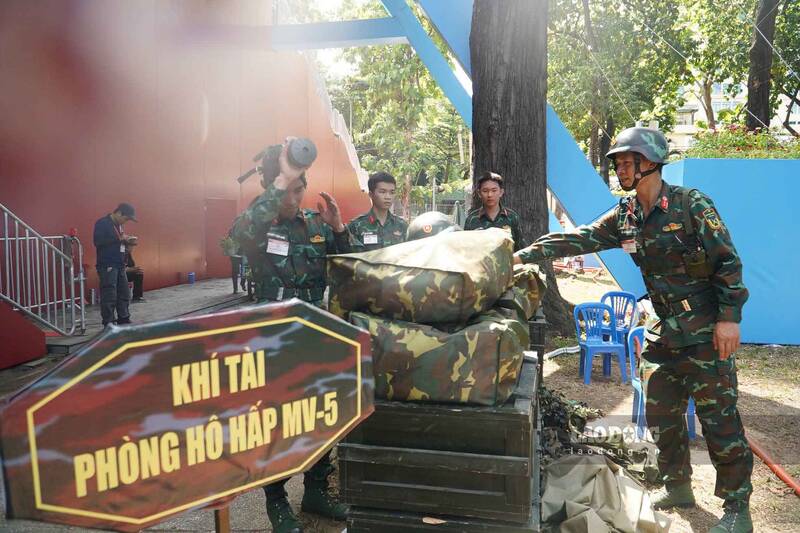

Along with professional training, the soldiers also underwent a rigorous physical training program. Every day, they carry heavy equipment, run 3 km in hot, humid conditions, to increase endurance and adapt to the specific combat environment of chemical warfare.


